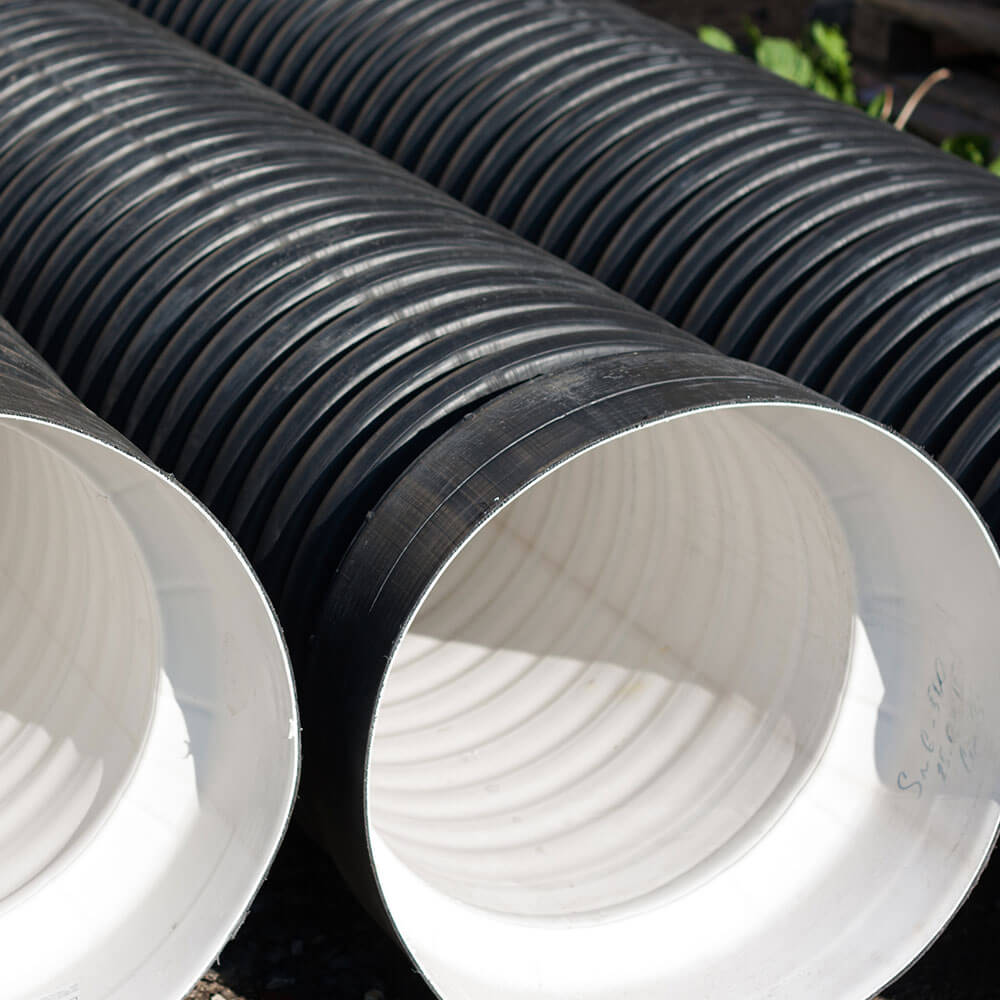Plastic pipes are the unseen infrastructure that keeps our world moving—delivering clean water, energy, sanitation, and stormwater management every day. Though hidden behind walls and beneath our streets, they quietly improve our lives—keeping communities healthy, environments protected, and helping to build a cleaner, more sustainable future.

Plastic pipes are the go-to choice in modern homes—powering plumbing, electrical, and communications systems. But their impact stretches far beyond the household. Since the 1960s, they’ve steadily replaced traditional materials like clay and metal in plumbing, drainage, and electrical networks across Australia and globally. By the 1980s, they’d become the standard for water pressure pipelines—valued for their durability, efficiency, and long-term performance.
You don’t see them, but plastic pipes are working hard behind your walls and beyond—bringing comfort, connection, and convenience.
Designed for long life, repair, reuse and then recycling – plastic pipes close the loop to drive a true circular economy.
Plastic pipes won’t rust or degrade, ensuring safe, reliable drinking water.
Plastic pipes stand up to harsh chemicals and disinfectants with ease.
Allows water to flow freely, reducing failures and blockages in wastewater pipelines.
Quick installation time – cost and time saving.
After decades of use, plastic pipes can be efficiently reground and turned into new non pressure pipes
A secure system, eliminating eater loss effecting the environment.
With fewer joints and built-in flexibility, plastic pipes resist penetration and damage from tree root intrusion.
After decades of use, plastic pipes can be efficiently reground and turned into new non pressure pipes
Plastic pipes help cut energy use, lower emissions, and reduce waste. Their leak-proof design, long life, and resistance to corrosion minimise replacement needs. Trenchless installation methods reduce traffic disruption and CO₂ emissions. With long lengths and flexibility, they require fewer fittings—and at end-of-life, they can be reused as host pipes or fully recycled into new products.
Australia’s water networks stretch over 100,000km — from reservoirs all the way to your tap. These essential systems run through communities nationwide, delivering safe, clean drinking water with minimal maintenance. Designed to last for generations, they’re the quiet achievers behind your everyday water.
11,870 GL
Water used Australia Wide 2020/21
Source: ABS 4610.0 Water Account, Australia, 2020-21 Table 1.1 Key Indicators for Water Consumption and Use, 2014-15 to 2020-21
Across Australia, over 96,000 kilometres of gas networks deliver energy to homes—supplying around 45% of household needs for heating, hot water, and cooking.
Australia is home to approximately 42,000 kilometres of natural gas transmission pipelines, efficiently transporting gas under high pressure from production sites to the outskirts of cities and towns—both large and small. (Note: This figure excludes local distribution networks.)

Plastic conduit pipes protect electrical wires by providing a strong, reliable barrier that ensures safety and performance. They’re used in exposed areas like walls, crawl spaces, and underground.
Communications conduits serve the same purpose, safeguarding cables in homes, businesses, and industrial sites.
Each year, thousands of kilometres of plastic conduit are installed across Australia to build, upgrade, and maintain essential electrical and communication networks. Even wireless and satellite systems rely on cables protected by plastic pipes—whether underground or undersea —to keep communities connected.

Plastic pipes support Australia’s food bowl by delivering reliable water through fixed and mobile irrigation systems—helping farmers grow the crops and raise the animals that feed our communities every day.
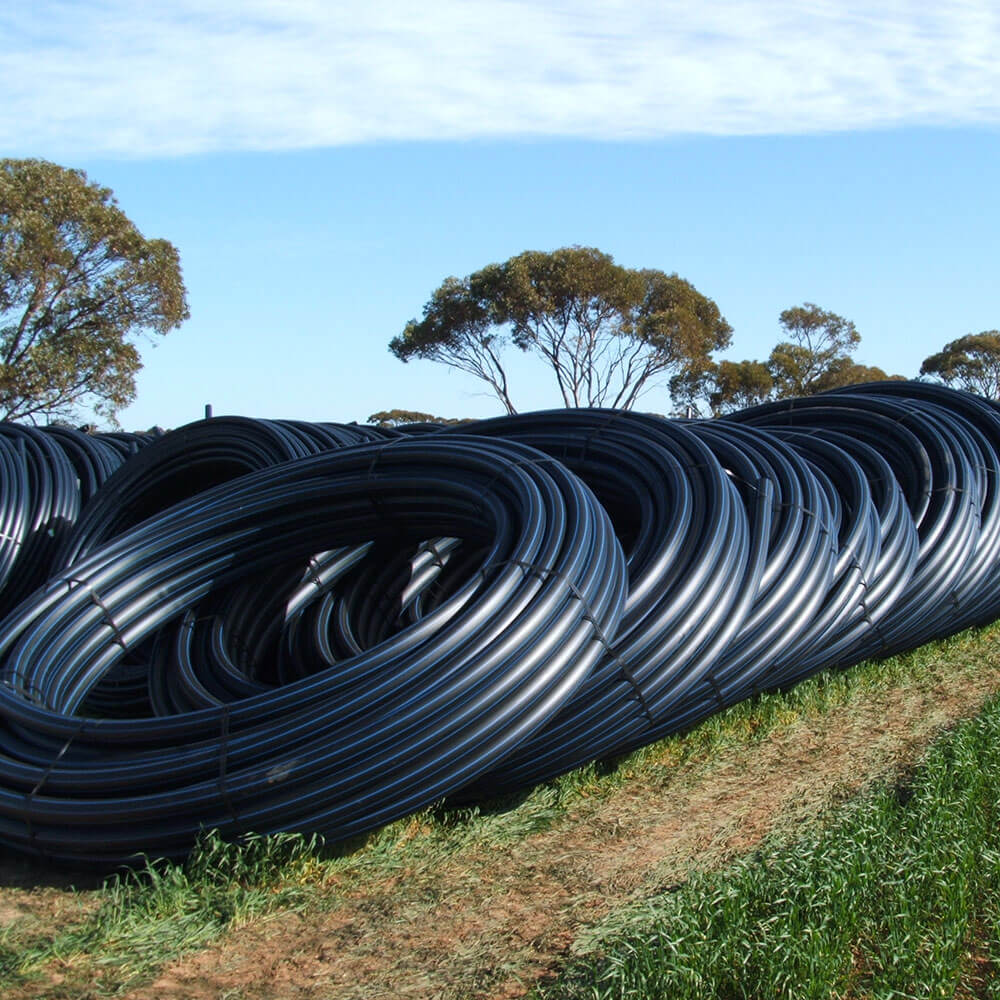
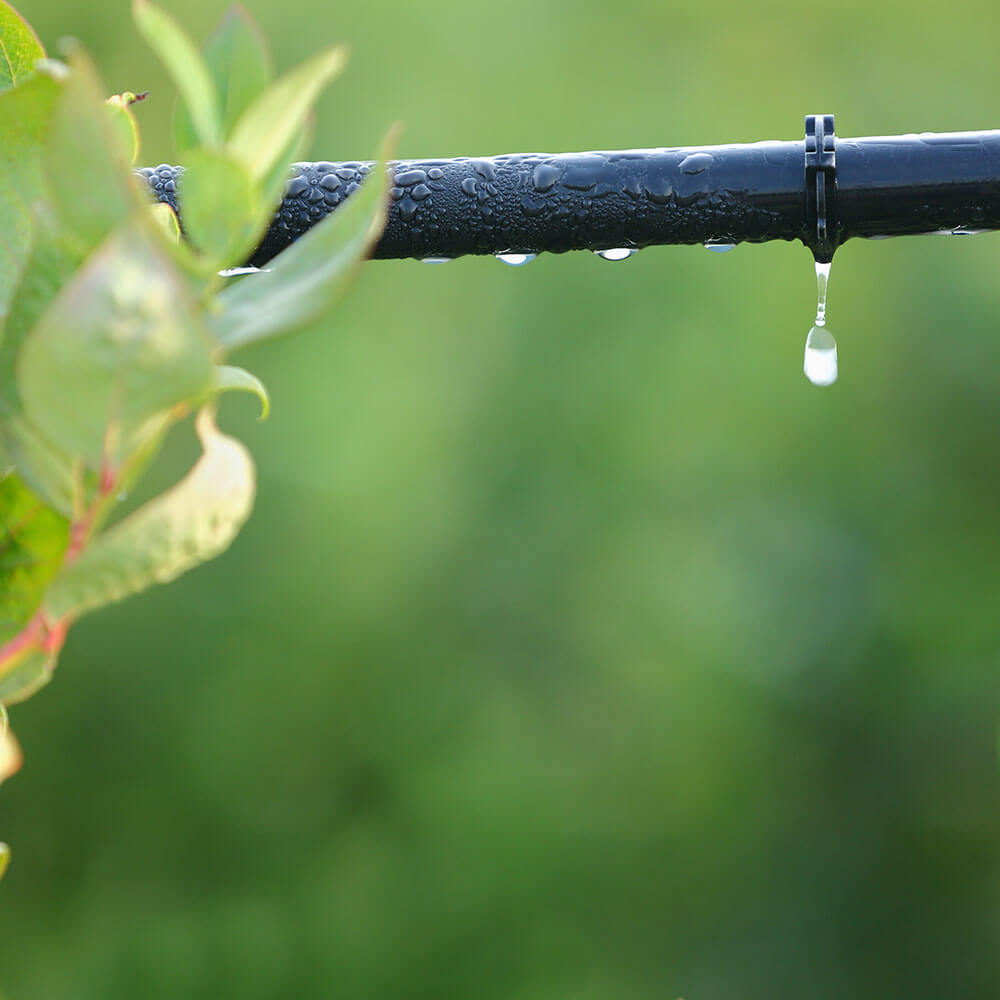


According to a 2021 snapshot by the Australian Government’s Department of Agriculture, Water and the Environment, agriculture accounts for 55% of Australia’s land use—covering 427 million hectares, excluding timber production.
This water, used to irrigate crops, animals, fruit and vegetable production, is carried from the source to the point of irrigation by pipes and channels.

Plastic pipes are a sealed, reliable system that safely transports sewerage to treatment facilities—protecting public health and helping prevent pollution of our waterways and environment.
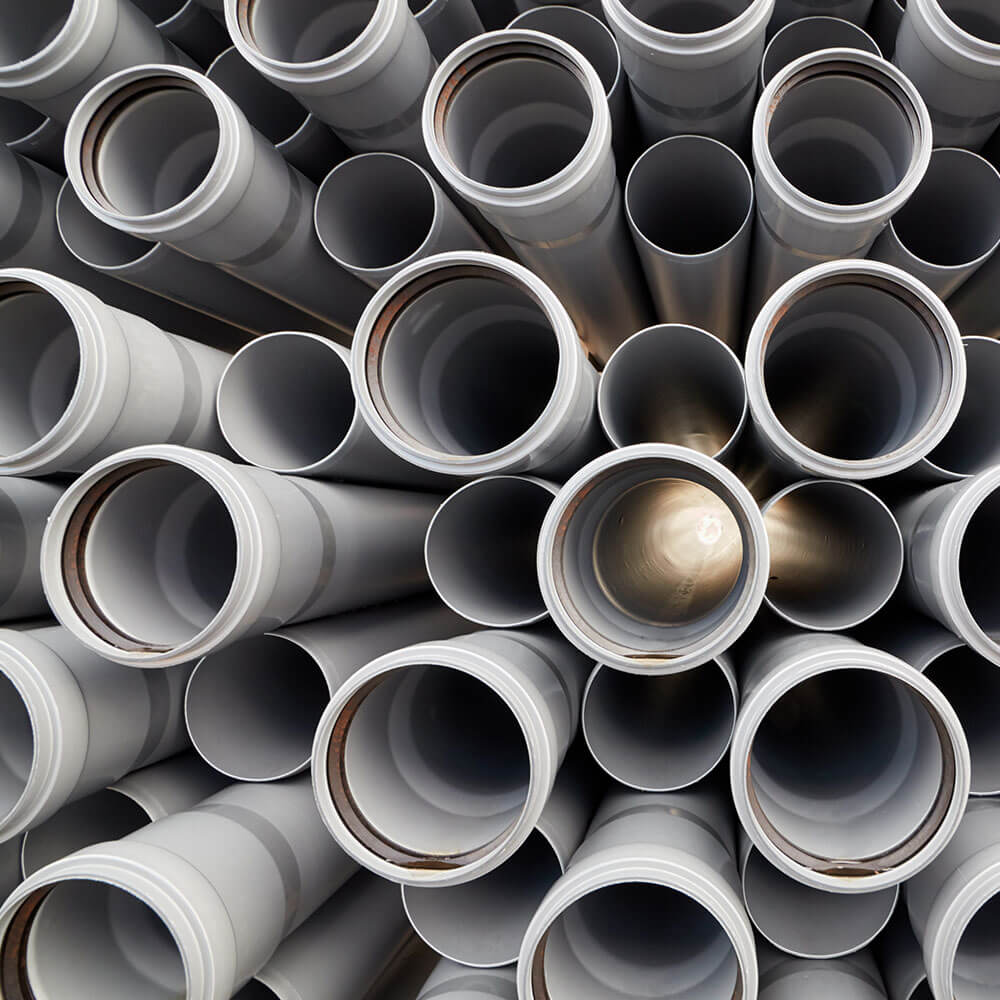
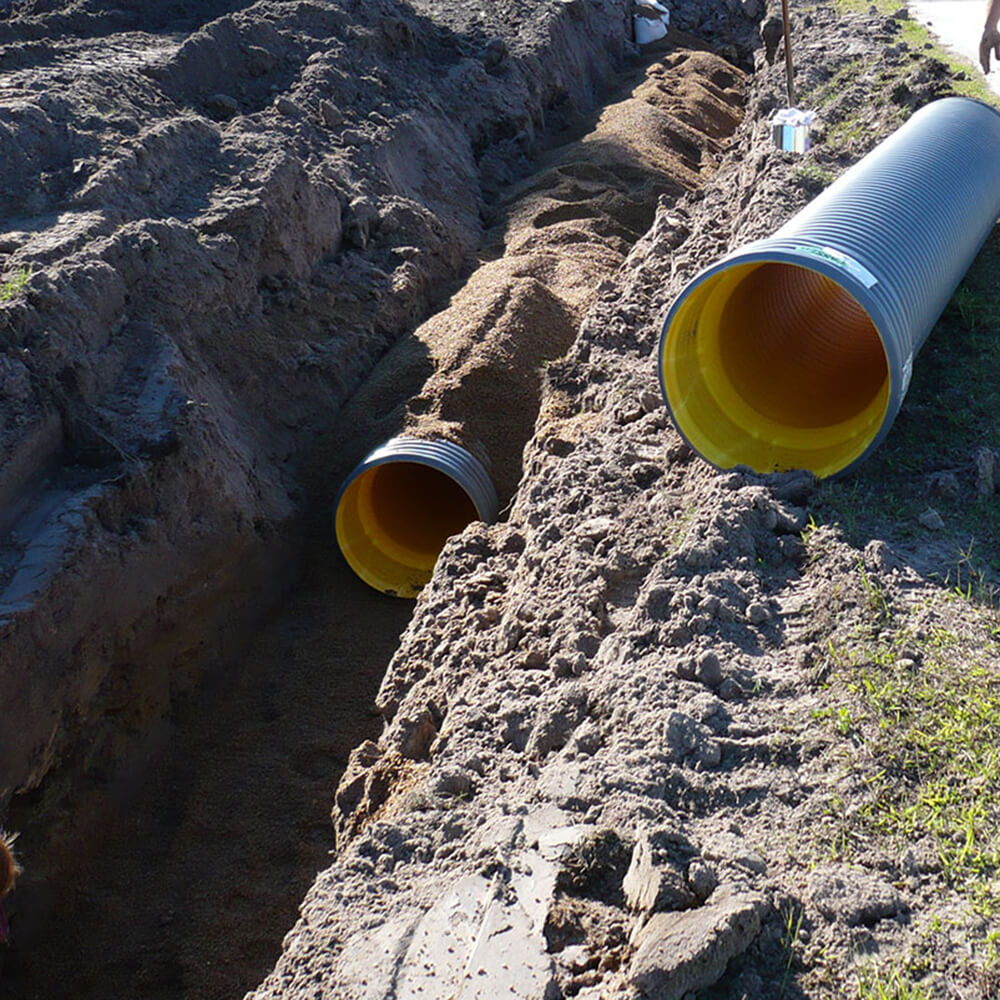
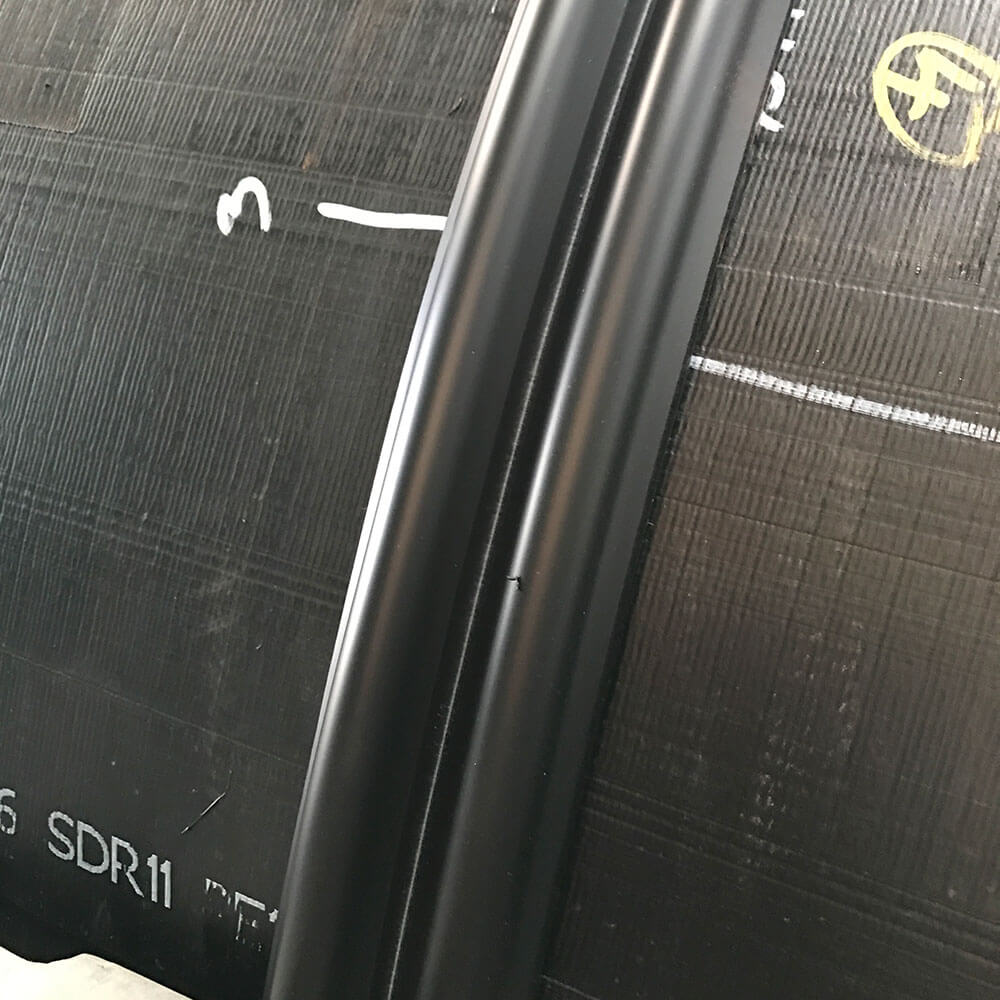
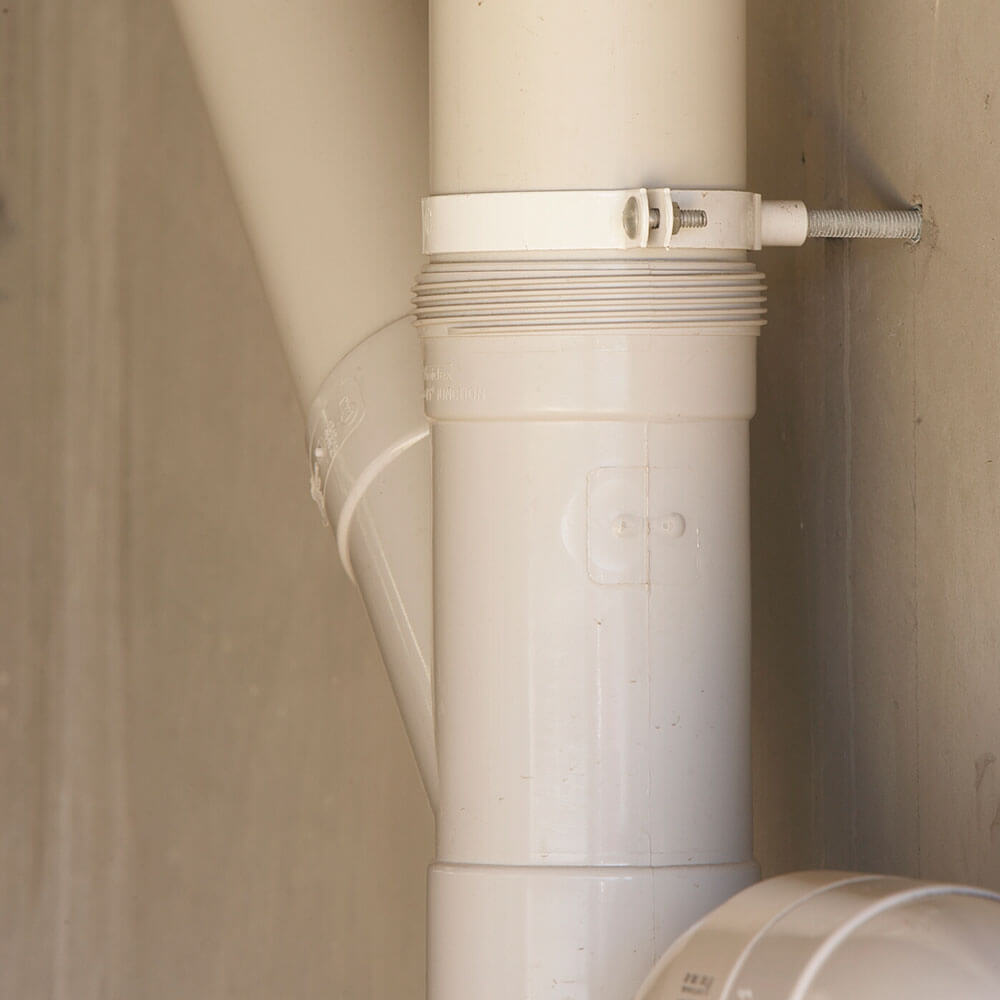
Plastic pipes offer superior leak resistance thanks to their ability to be manufactured and installed in longer lengths. This reduces the number of joints required—typically two to three times fewer than clay or concrete pipes—minimising potential points of failure and enhancing system integrity.
The superiority of PVC compared to VC and FRC was reported by Whittle (2003), claiming that the surface roughness and porosity of the latter materials were the main cause of root intrusion through the sealing joints.
In sewer systems, corrosion often occurs when sulphuric acid is produced by natural biological processes. Plastic pipes don’t rust, corrode, or allow harmful build-up, and they resist damage from chemicals commonly found in wastewater and contaminated soils. This makes them a safe, long-lasting choice—especially in tough environments.
Globally, up to 30% of piped water is lost due to leaks—most often caused by pipe failure. Unlike metal or concrete pipes, plastic pipes made from PVC or PE are flexible, durable, and far less prone to cracking. They better withstand ground movement and pressure from traffic, making them a more reliable and efficient choice for reducing water loss.
